Info
Subfamily: Pooideae
Genus etymology: Lolium is a troublesome weed referenced by the Roman poet Virgil, perhaps darnell (Lolium temulentum)
Species etymology: multiflorum = "many flowers" [Latin] refering to it having more florets than related species
Photosynthetic type: C3 (cool season)
Nativity: naturalized - intentional
First recorded in Hawaiʻi: 1904
Map
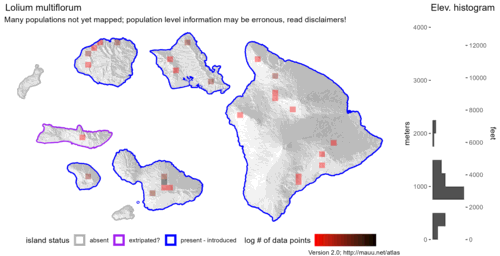
Inflorescence
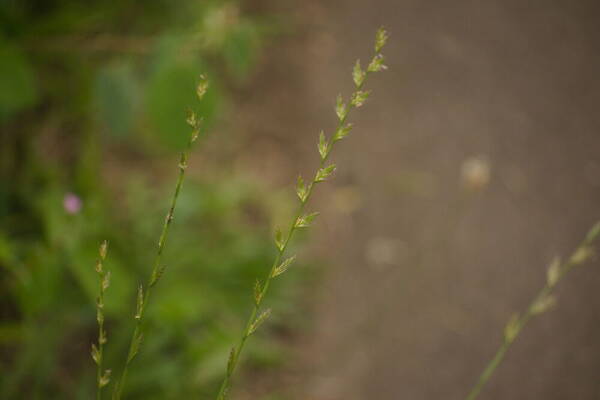
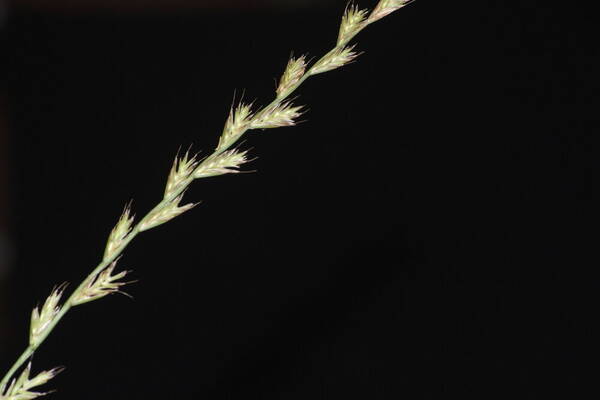
Spikelets
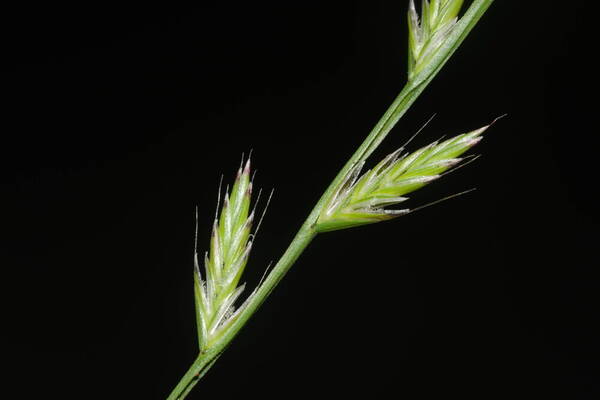
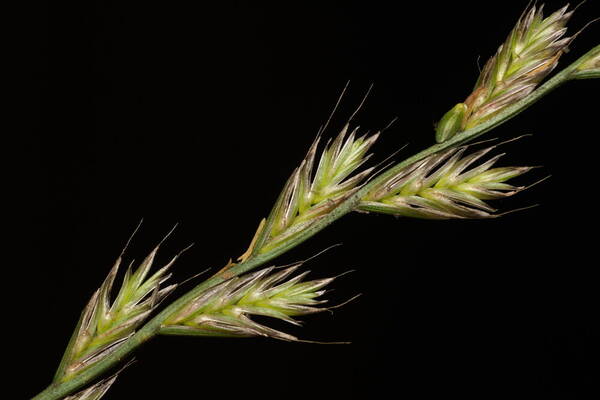
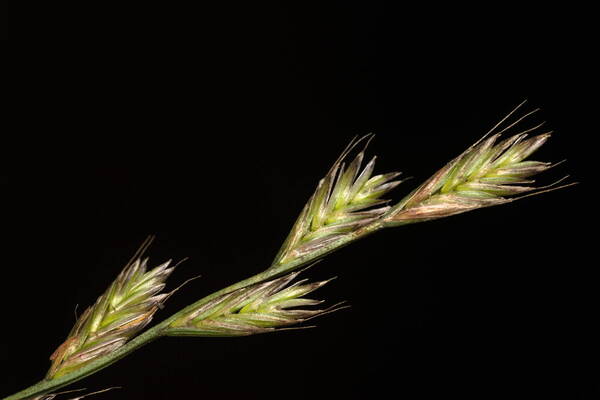
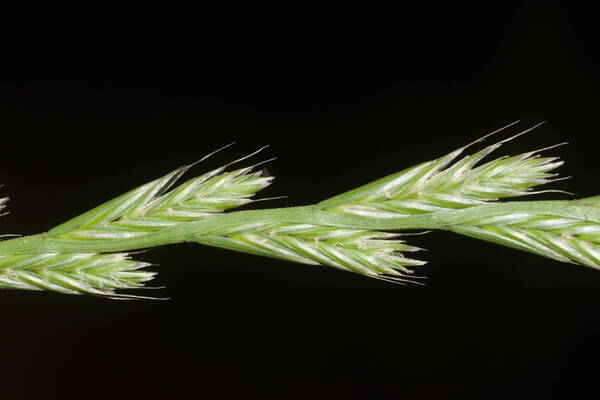
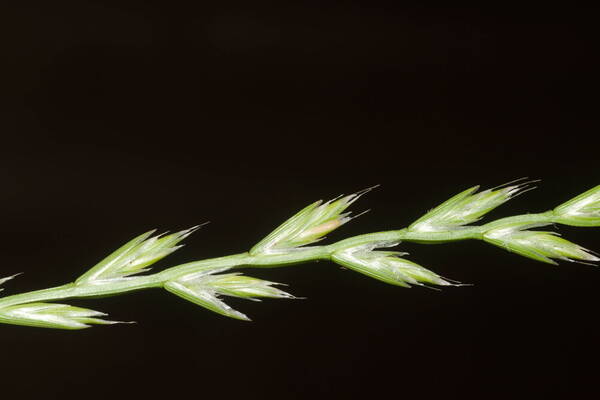
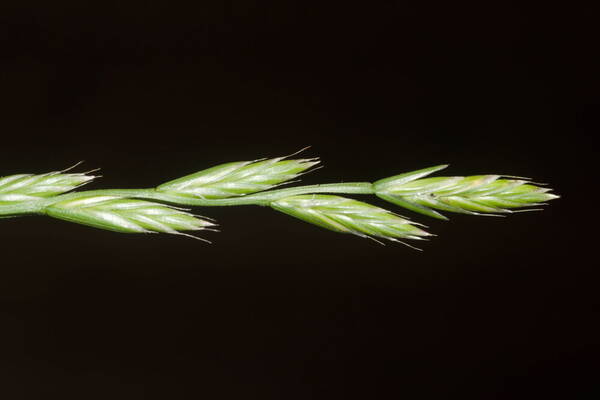

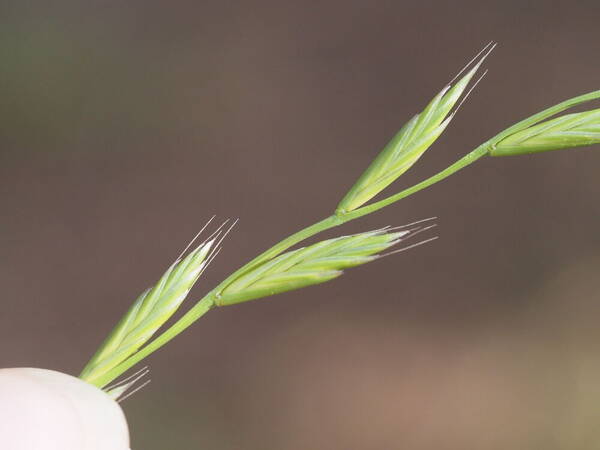
Description
Plants annuals or short-lived perennials. Culms to 150 cm. Leaves rolled in the bud; blades usually 10-30 cm long, (2)3-8 (13) mm wide. Spikes 15-45 cm, with 5-38 spikelets; rachises 0.8-2 mm thick at the nodes, not flexuous. Spikelets 8-31 mm long, 2-10 mm wide, with (10)11-22 florets. Glumes 5-18 mm, 1/4-1/2 as long as the florets, membranous to indurate; lemmas 4-8.2 mm long, 1-2 mm wide, usually awned, awns to 15 mm, attached 0.2-0.7 mm below the apices, rarely unawned; paleas shorter than to slightly longer than the lemmas; anthers (2.5)3-4.5(5) mm. Caryopses 2.5-4 mm long, 0.7-1.5 mm wide, 3 or more times longer than wide. 2n = 14.
(Description source: Barkworth, M.E., Capels, K.M. & Long, S. (eds.) 1993. Flora of North America, north of Mexico. Volume 24. Magnoliophyta: Commelinidae (in part): Poaceae, Part 1. Oxford University Press, New York. 911 pp. http://floranorthamerica.org/Lolium_multiflorum )
Annuals or short-lived perennials, usually without basal innovations; culms ascending or erect, 5-10 dm tall, smooth to scabrous in lower part. Sheaths glabrous, persistent at base of the plant, auricles well developed, crescent-shaped, up to 1.5 mm long; ligule 0.5-1.5 mm long; blades flat or slightly involute, (3-)3.5-7(-10) mm wide, upper surface scabrous. Spikes erect, (10-) 14-27(-30) cm long; spikelets distichous, appressed against rachis, 6-10(-15)-flowered, 9-15(-20) mm long; second glume narrowly lanceolate, 4-9(-12) mm long, usually ca. 1/2 as long as the spikelet, apex obtuse to rounded; lemmas lanceolate, 5- 6.6(-7.5) mm long, 5-neryed, glabrous to scabrous, margins inrolled, apex obtuse to acute, those of the lower florets mucronate, those of the upper florets with awns 1-5(-8) mm long produced from a minutely bifid apex; palea about as long as lemma, 2- nerved, margins finely ciliate, keels winged. Caryopsis brown, dorsally compressed, obovoid to ellipsoid, 3-4 mm long. [2n = 14.]
(Description source: O’Connor, P.J. 1990. Poaceae, pp. 1481–1604. In: Wagner W.L., Herbst D.R. & Sohmer S.H. (eds.)., Manual of the flowering plant of Hawaiʻi. Vol. 2. University of Hawaii Press & Bishop Museum Press, Honolulu )